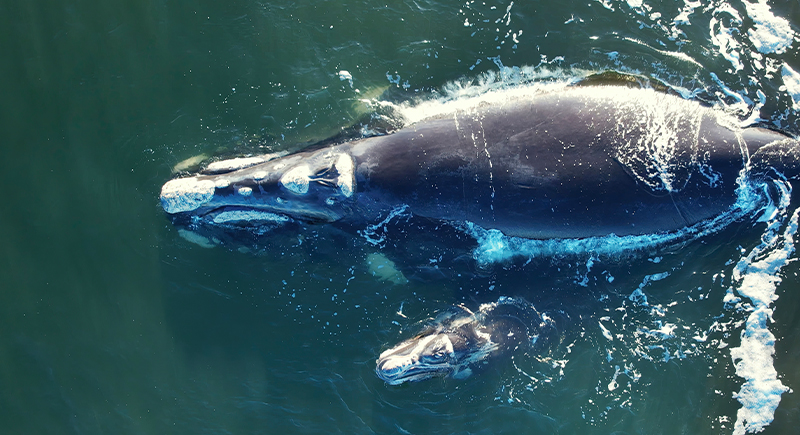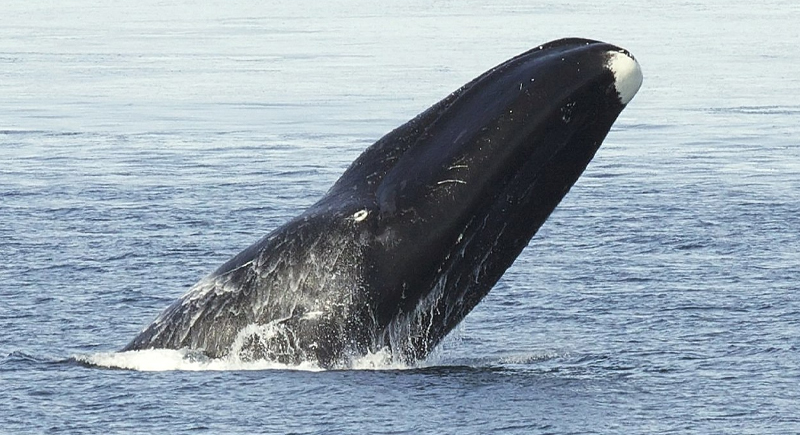This Whale Can Live for 200 Years and Scientists Want to Steal Its Secret
Humans have spent centuries chasing the secret to a longer life. From billionaires funding longevity research to influencers promoting endless supplements, the obsession never stops. Yet far from labs and wellness fads, one creature has already mastered what we’re all striving for. The bowhead whale drifts through Arctic waters, living up to 200 years, an achievement that makes every human anti-aging routine look ridiculous.
Scientists have now discovered that these whales may hold the biological blueprint for staying young far longer than nature usually allows. The mystery lies deep within their icy world and their DNA, and it could rewrite what we know about how life ages.
The Arctic Longevity Mystery

Image via iStockphoto/Stanislav Stelmakhovich
Bowhead whales spend their lives in freezing water, battering through thick ice and surviving temperatures that would send most mammals into shock. Still, they live twice as long as elephants and much longer than humans typically did when the species was first studied.
Biologists have long wondered how an animal with more than a thousand times as many cells as a person can avoid cancer and tissue damage for so long. That contradiction is called Peto’s paradox. In theory, bigger animals with more cells should face a higher cancer risk. Whales, and particularly bowheads, don’t.
A team of scientists from the University of Rochester set out to discover what protects them at the molecular level. The challenge was getting the evidence. Since bowheads are endangered, researchers had to rely on small tissue samples provided by Iñupiat hunters in Alaska, who harvest the whales under traditional hunting rights. The samples were carefully packed and flown to the lab, where the real detective work began.
A Protein With Superpowers
Inside those whale cells, the researchers discovered a remarkable protein called CIRBP, short for Cold-Inducible RNA-Binding Protein. As its name suggests, it thrives in the cold, and bowheads produce about a hundred times more of it than humans. CIRBP’s job is to repair broken DNA, particularly the double-strand breaks that can lead to cancer and aging.
The team found that this protein acts like a cellular mechanic, which fixes cracks in genetic material with exceptional precision. When they inserted the whale version of CIRBP into human cells, those cells repaired DNA more effectively.
When they tested it on fruit flies, the insects lived longer and were better able to handle radiation. In other words, the same system that lets a whale live through centuries of Arctic winters might also keep smaller creatures, including humans, healthier for longer.
Can Humans Borrow The Whale’s Trick?

Image via Wikimedia Commons/Bering Land Bridge National Preserve
Because CIRBP already exists in people, the idea isn’t to transplant whale genes but to learn how to boost our own. Researchers suspect that colder conditions might trigger higher CIRBP production, possibly through simple exposure to cold water. That has led to a wave of curiosity about whether cold showers, ice baths, or even a dip in winter seas could nudge human biology in the same direction.
The scientists are testing these theories on mice and exploring safer ways to activate CIRBP chemically. As one of them joked, “Not everyone wants to take cold swims.” Still, if this approach works, it could open doors to treatments that improve DNA repair, strengthen resistance to age-related diseases, and extend the body’s natural maintenance system.
It’s rare to find inspiration for human medicine in a creature that spends its life under Arctic ice, but this 200-year-old whale has given us something remarkable.